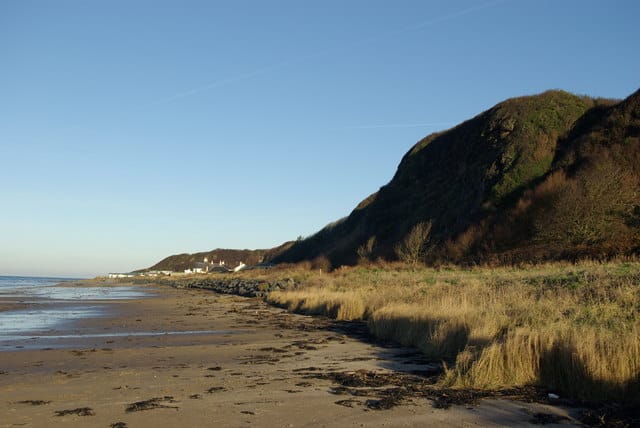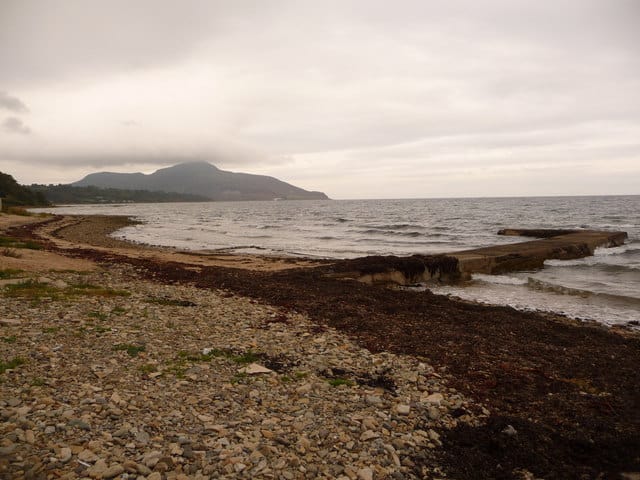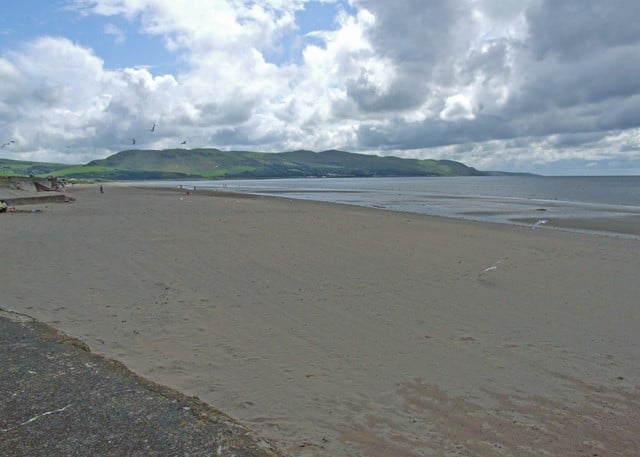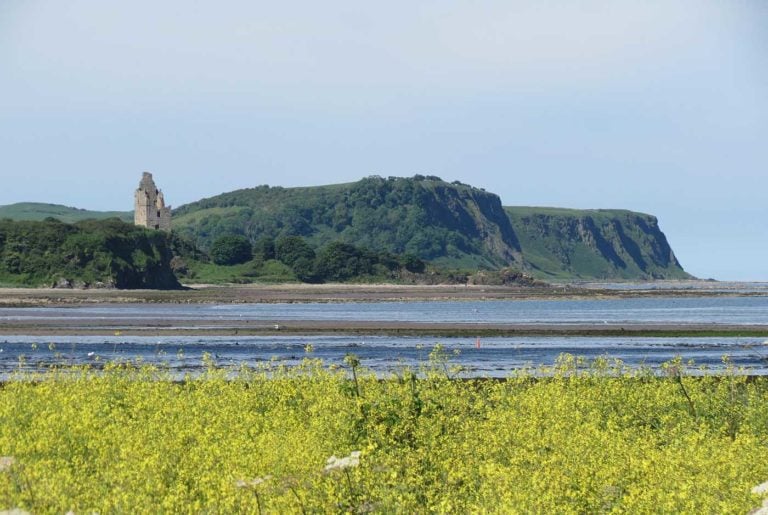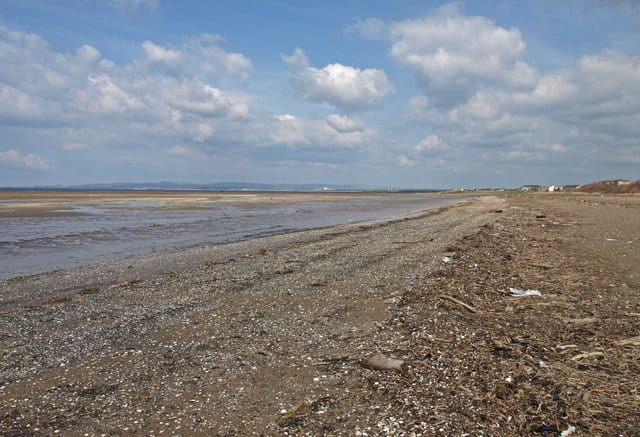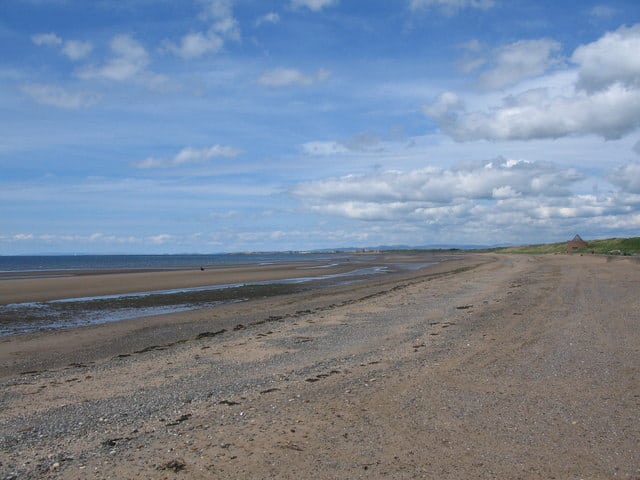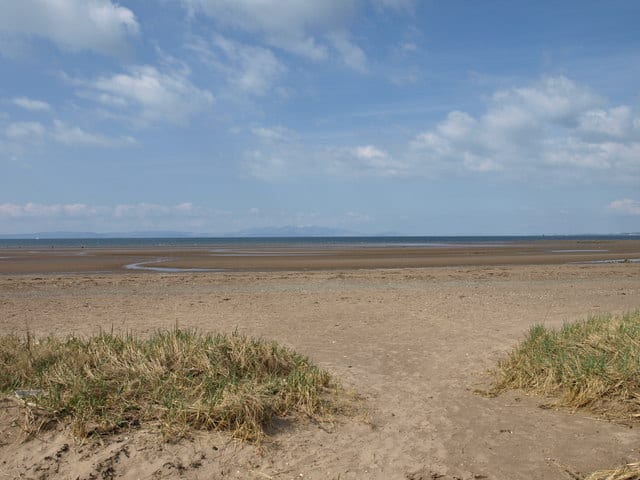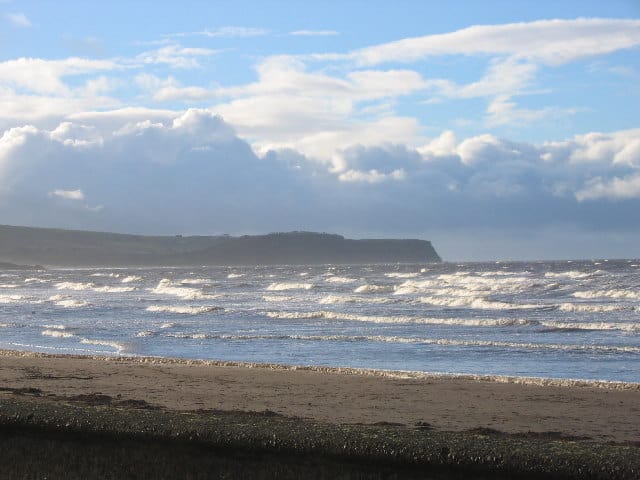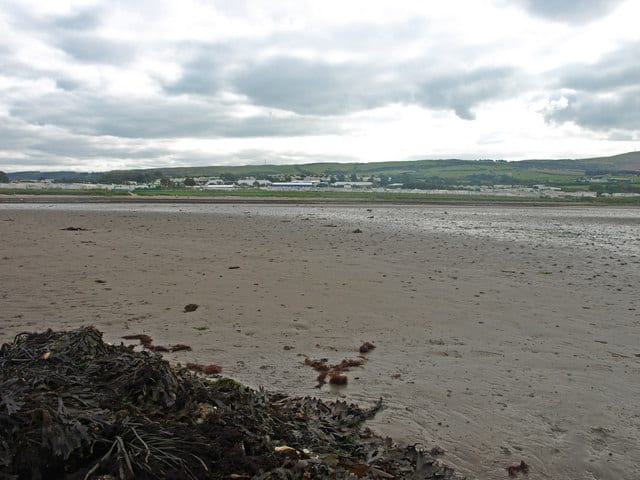Beaches Map
Loading...
No Records Found
Sorry, no records were found. Please adjust your search criteria and try again.
Maps failed to load
Sorry, unable to load the Maps API.
Popular Beaches
Showing Beaches 1-12 of 25
Croy Beach, also known as Maybole Shore and Croy Shore, is a long sandy beach with plenty of room for Read more…
Place Tags: Beaches and Dog Friendly
Whiting Bay is a beach with a mixture of sand and pebbles, with some good rock pools to explore. Parking Read more…
Place Tags: Beaches
Girvan beach is a mile long wide sandy beach backed by large grass areas, with the beach stretching away from the Read more…
Place Tags: Beaches
Seamill Beach is a small sandy beach with rocks backed by grassy areas. Seamill Beach is dog-friendly and allows dogs Read more…
Place Tags: Beaches and Dog Friendly
Doonfoot beach is a sandy beach with some rocks. You have car parking by the beach. Doonfoot Beach is also Read more…
Place Tags: Beaches
Troon’s North Sands beach is a sandy beach with a large grass area behind. Popular kitesurfing and windsurfing beach along Read more…
Place Tags: Beaches, Dog Friendly and Dog Restrictions
Prestwick beach is a long sandy beach with views over to Isle of Arran. The beach extends out of Prestwick Read more…
Place Tags: Beaches and Seaside Awards
Barassie beach is a sandy beach backed by grass areas to the north of Troon Harbour and has views of Read more…
Place Tags: Beaches
Irvine beach is a long sweeping sandy beach with views across to the Island of Arran. The beach is split Read more…
Place Tags: Beaches
Ayr South beach is a large sandy beach between the River Doon to the south and the River Ayr. Facilities Read more…
Place Tags: Beaches and Seaside Awards
Craig Tara beach is a long sandy with rocks and the beach is backed by a holiday park. Car parking. Read more…
Place Tags: Beaches
Pencil beach is a sandy beach named after the monument that commemorates the Battle of Largs 1263.The beach is more Read more…
Place Tags: Beaches
Showing Beaches 1-12 of 25

